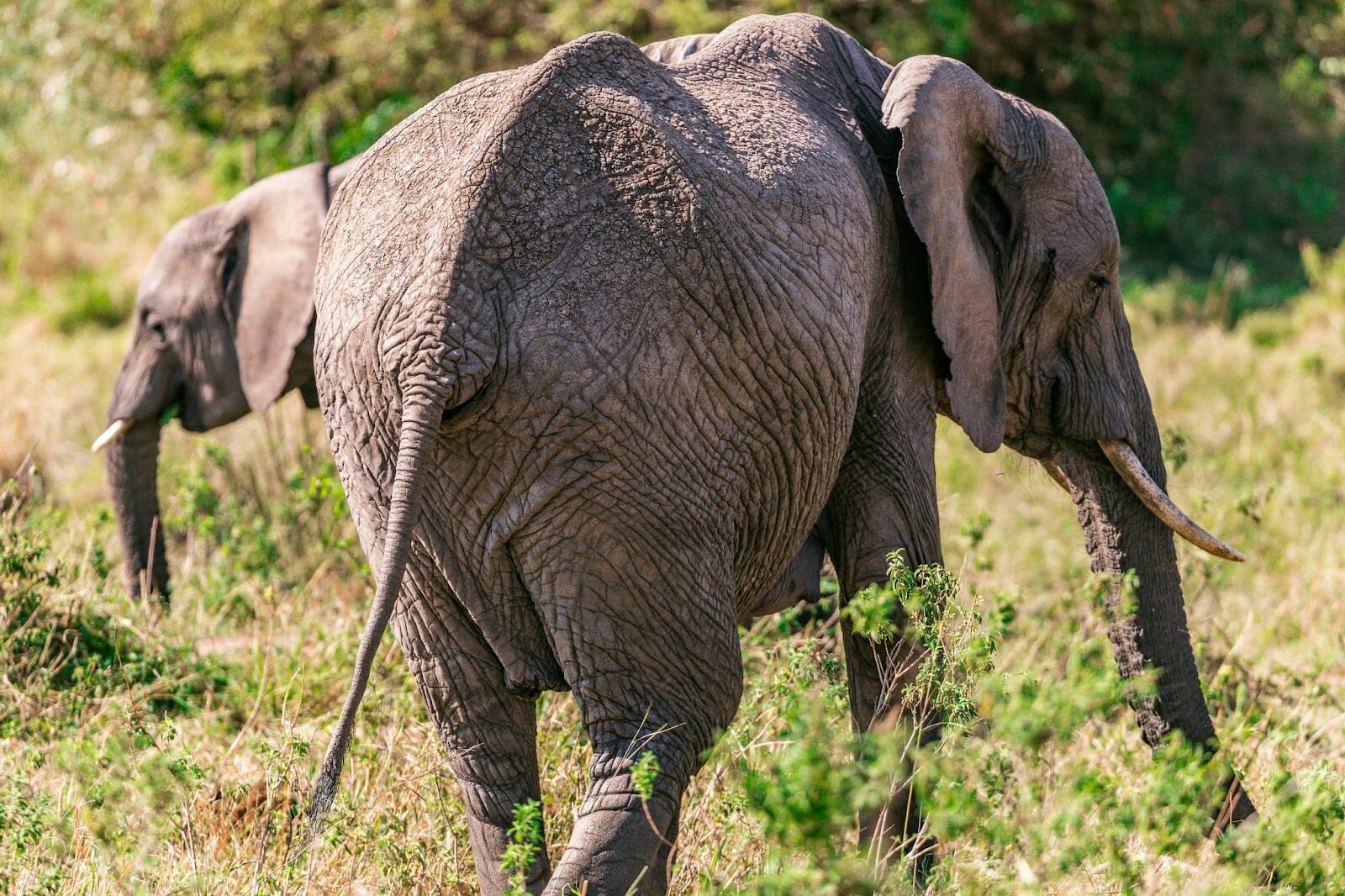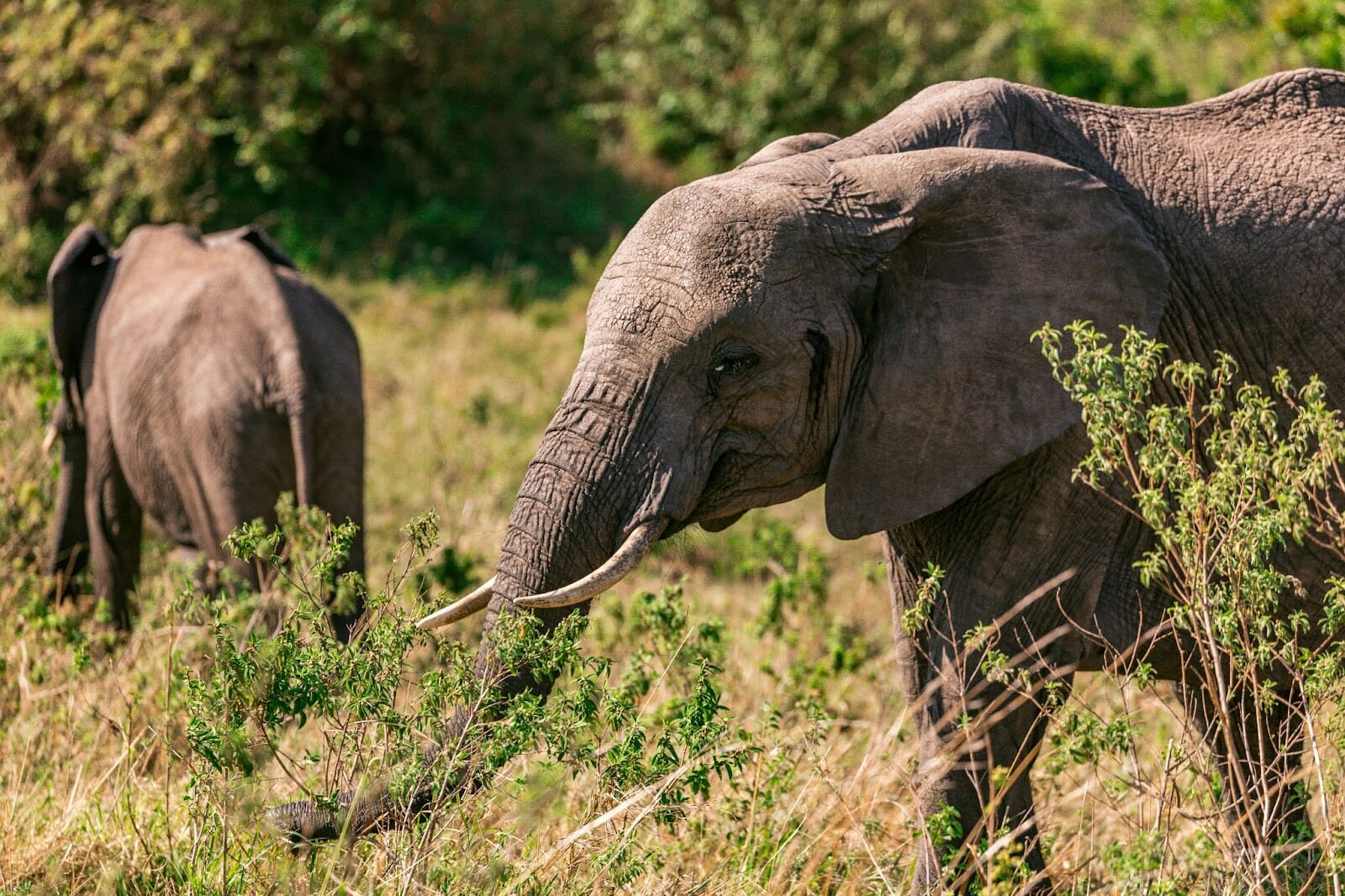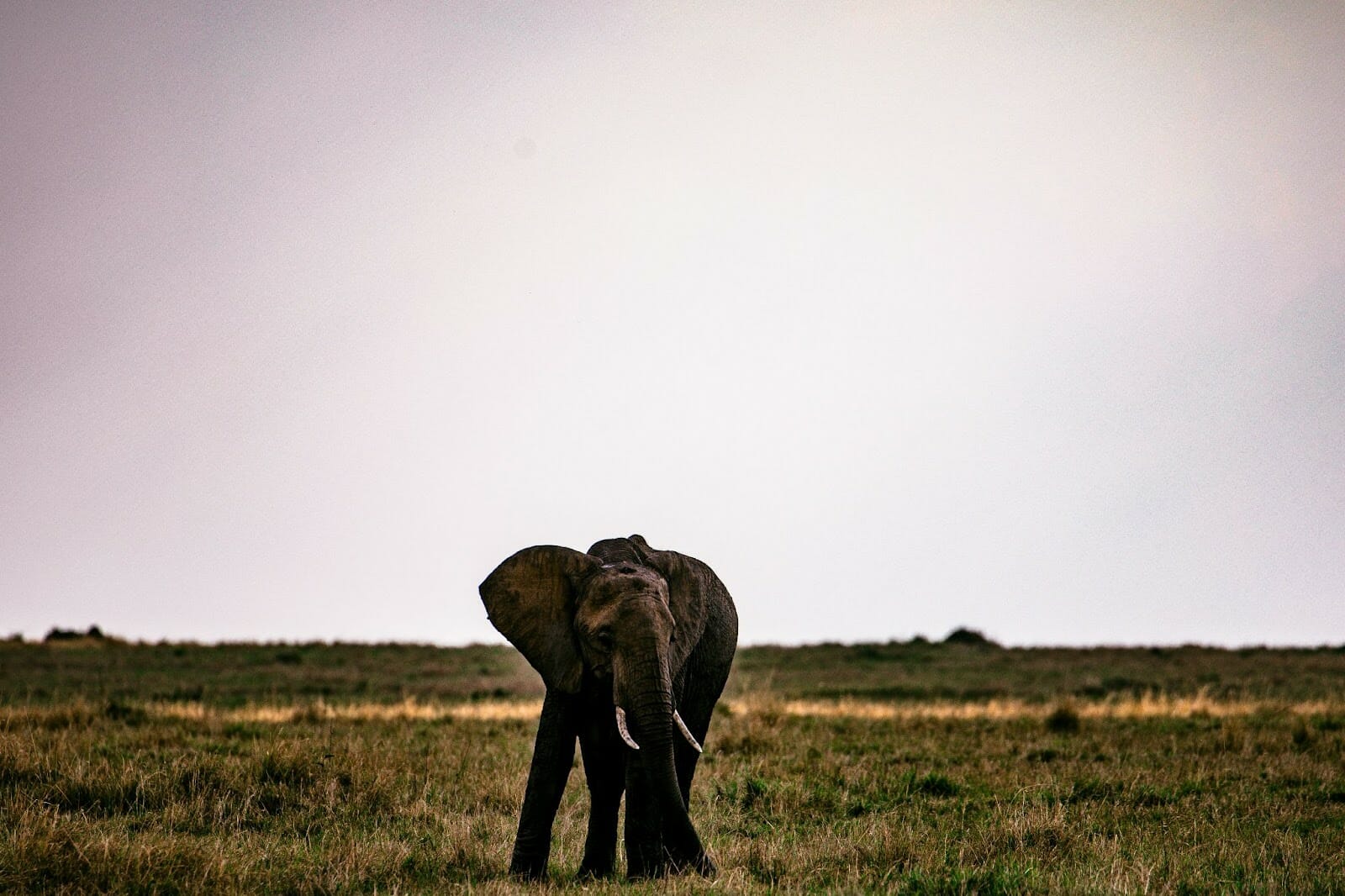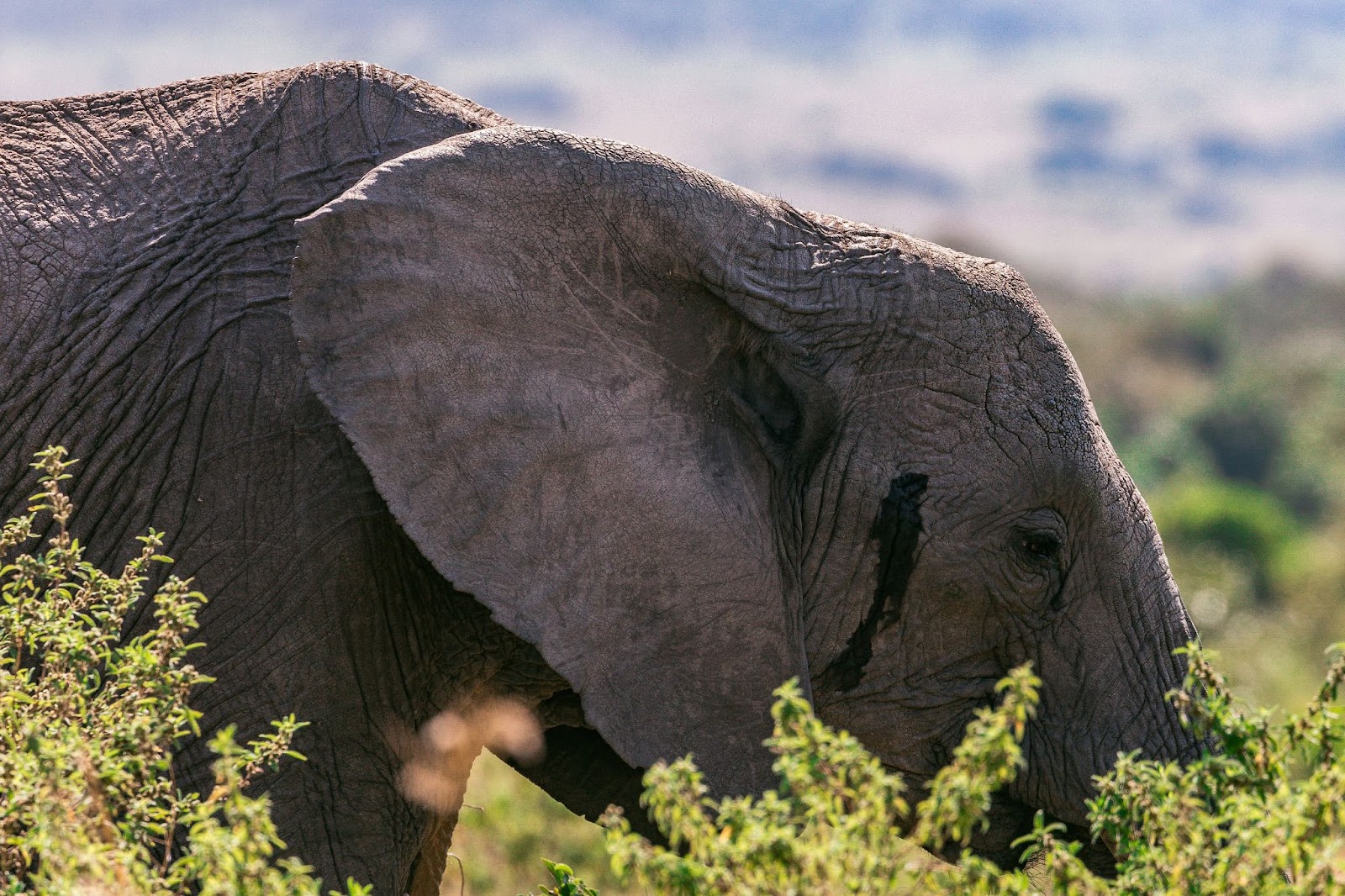The poem “Safari Day in Kenya” is written by the poet Naomi Shihab Nye and is composed of five stanzas, each stanza consisting of eight lines. Each stanza focuses on a different animal the speaker sees on their safari trip. The poem describes in detail the various creatures the speaker encounters, and the structure of the poem gives the poem more depth and an interesting rhythm which helps the poem flow.
In this article, we will examine the structure of the poem and how it works.
Analysis of the poem’s form and format
The poem “Safari Day in Kenya” follows a simple yet effective structure that aids in conveying the speaker’s experience with different animals they encounter during their safari.
The poem is divided into several stanzas, with each stanza representing a different animal sighting. The poem begins with a stanza about a lion and then switches to a stanza about a cheetah, followed by a zebra, and so on. This repeating structure effectively creates a sense of progress and movement through the safari.
Additionally, the poem uses simple language and a straightforward rhyming scheme. The end rhyme scheme follows an ABAB pattern, adding a pleasing rhythm to the poem. This structure helps to emphasise the various animals encountered in the speaker’s safari and adds to the poem’s overall joyous and playful tone.
As a result, the form and format of the poem work hand in hand to create a sensory experience for the reader and make the journey with the speaker more vivid and fun.
| Pro tip | Pay close attention to a poem’s form and structure, as they can work together to convey the poet’s message, tone, and imagery more effectively. |
Discussion of the poem’s tone and language style
The poem “Safari Day in Kenya” features a joyful and fascinating tone, with vivid and descriptive language that brings the reader along on a journey to see the various animals on the safari.
With lines such as “A pride of lions, fierce and bold” and “A herd of elephants, so grand and old,” the poem uses evocative language that paints a picture in the reader’s mind.
The structure of the poem is also notable, with each stanza focusing on a different animal sighting and ending with a refrain of “Safari day in Kenya, what a sight to see!” This repetition serves to reinforce the wonder and excitement of the speaker’s experience.
Overall, the poem’s playful language and enthusiastic tone make for an engaging and enjoyable read that captures the magic of a safari adventure.

Identification of the key literary devices used in the poem
The poem “Safari Day in Kenya” uses several literary devices to paint a vivid picture of the different animals the speaker encounters on their safari day. These devices include simile, personification, and imagery.
The poem’s structure follows a narrative arc, beginning with the speaker’s excitement for the day and climaxing with the sighting of a pride of lions. The use of short, descriptive lines and repetition of animal names creates a sense of urgency and excitement.
The poet uses similes like “necks like swans” to compare the giraffes to swans and “horns like crescent moons” to compare the antelopes’ horns to crescent moons. The device of personification is used when the sun is described as “grinning” and the leaves “clapping” in the wind. The poem also relies heavily on imagery, such as “red dust swirling,” “tall grasses rustle,” and “giraffe-painted sky” to transport the reader to the safari landscape.
These literary devices help the reader to visualise and empathise with the speaker’s safari experience, making the poem memorable and impactful.
Pro tip: Try identifying the literary devices used in other poems you read to deepen your understanding and appreciation of poetry.
Depiction of Animals in “Safari Day in Kenya”
The poem “Safari Day in Kenya” by Miriam Wokotow is a unique and vivid description of animals, their behaviour and living environment. Through his expertly-crafted words and imagery, Wokotow creates a vivid and often humorous narrative of the safari day as seen through the eyes of the speaker.
The structure of the poem follows the journey of the speaker, as they encounter and observe different animals on their safari day.
Description of the first animal encountered in the safari
The first animal encountered on the safari described in “Safari Day in Kenya” is the majestic lion.
The poem describes the lion as follows:
| “First, a lion, king of the beasts,Majestic, proud, his muscles creased.” |
The speaker marvels at the lion’s power and beauty and describes its movements as “lithe and sure.”
This lion serves as an introduction to the other animals that the speaker encounters on their safari day. The poem goes on to describe a host of creatures, including elephants, giraffes, zebras, and more. Through vivid imagery and evocative language, the poem transports the reader to the savannahs of Kenya and captures the wonder and excitement of seeing these incredible creatures up close.
Overview of the second animal encountered in the safari
In the poem “Safari Day in Kenya,” the speaker encounters several animals on their safari, the second of which is a giraffe. The giraffe is depicted as a towering, majestic creature with a spotted coat and a long neck that gracefully bends to feed on tall trees. The poem also alludes to the giraffe’s keen vision and warns the speaker not to startle the animal as it may flee.
The giraffe’s inclusion in the poem highlights the diversity and beauty of the African wildlife and portrays the safari as a unique and memorable experience.
Discussion of the third animal encountered on the safari
In the poem “Safari Day in Kenya,” the third animal described by the speaker is the majestic giraffe, standing tall among the savannah trees. The speaker marvels at the giraffe’s graceful movements and unique appearance, with its long neck and spotted coat. The giraffe is an herbivore that feeds on leaves, and the poem describes it reaching high into the trees to find its next meal. By encountering and observing different animals on the safari, the speaker gains a deeper appreciation for the diversity and beauty of the natural world. Through vivid language and imagery, “Safari Day in Kenya” captures the wonder and awe of experiencing these creatures in their natural habitat.

Meaning and Symbolism of Animals in the Poem
In the poem “Safari Day in Kenya”, the speaker takes the reader on a safari day in Kenya and describes their encounters with different animals. Each animal holds a special symbolism for the speaker and the reader. Through these animals, the speaker conveys several themes and messages about the Kenyan environment, culture, and heritage.
This section will discuss the symbolism and meaning behind each animal presented in the poem.
Interpretation of the role of animals in the poem
The poem about the speaker’s safari day describes different animals and their behaviours, and each animal serves a symbolic purpose within the poem, highlighting the various themes and issues the speaker is trying to convey.
| Elephants | wise and majestic animals, symbolising power and strength. |
| Monkeys | mischievous creatures, embodying the idea of playfulness and freedom. |
| Giraffes | graceful, towering animals, with a sense of elegance and refinement |
| Zebras | represent individuality and uniqueness, as no two zebras have the same stripes. |
Furthermore, the poem also touches upon issues such as the cruelty of hunting and the importance of preserving wildlife for future generations, revealing the intricate role of animals in our lives beyond just being mere creatures to observe.
Through the use of various animal symbols and motifs, the poet prompts the reader to reflect upon crucial issues such as the role of humans in preserving the environment and wildlife.
Analysis of the symbolic significance of each animal
The poem, which describes the different animals that the speaker sees on their safari, contains a range of animals, each with its own symbolic significance.
Here’s a breakdown of the symbolism associated with each animal:
| Animal | Symbolism |
| Lion | The lion is often seen as a symbol of power, majesty, and courage. In the poem, the lion represents strength and fearlessness. |
| Giraffe | The giraffe is an emblem of grace and elegance. In the poem, the speaker sees the giraffe gently grazing on the treetops, suggesting a peaceful and tranquil quality. |
| Hippopotamus | The hippo is both a symbol of power and danger. In the poem, the speaker recognizes the threat posed by the hippo and keeps a safe distance. |
| Elephant | The elephant represents intelligence, strength, and loyalty. In the poem, the speaker observes the elephant leading its herd, displaying a strong sense of leadership and community. |
| Zebra | The zebra’s black-and-white stripes symbolise balance and harmony. In the poem, the speaker views the zebra’s stripes as a beautiful and unique quality. |
Each animal in the poem serves to enhance the overall message and theme of the poem through the symbolic significance they carry.

Evaluation of the poem’s overall message about wildlife and conservation
The poem about wildlife and conservation portrays a deep message about the importance of preserving and protecting our wildlife and their habitats. The animals mentioned in the poem are symbolic of the beauty and fragility of nature and the impact of human actions on the environment. The speaker’s awe and admiration for the animals they see on their safari day highlights the need for us to appreciate and respect nature. The symbolism of each animal further strengthens the message of the poem. The lion represents strength and power, while the elephant signifies wisdom and serenity. The ostrich symbolises freedom and flight, and the cheetah symbolises speed and agility.
The overall message of the poem encourages us to take responsibility for the preservation of our planet’s wildlife and natural resources. It prompts us to take individual actions that contribute to the conservation of wildlife, bring awareness to the community, and ensure that future generations can enjoy the beauty and wonder of the animal kingdom.


